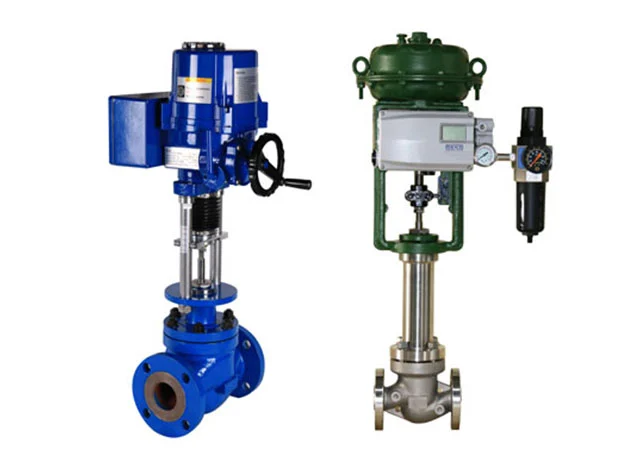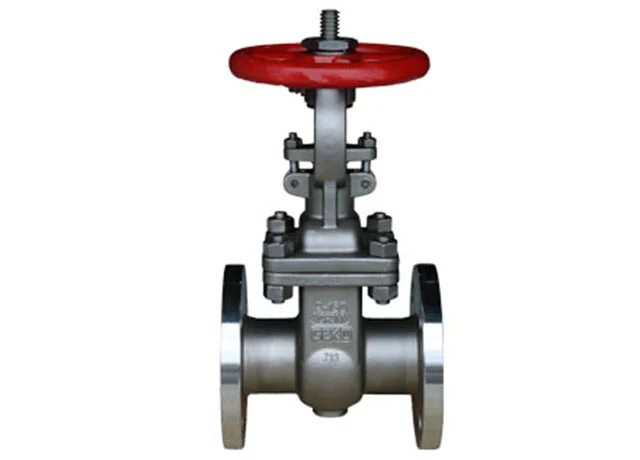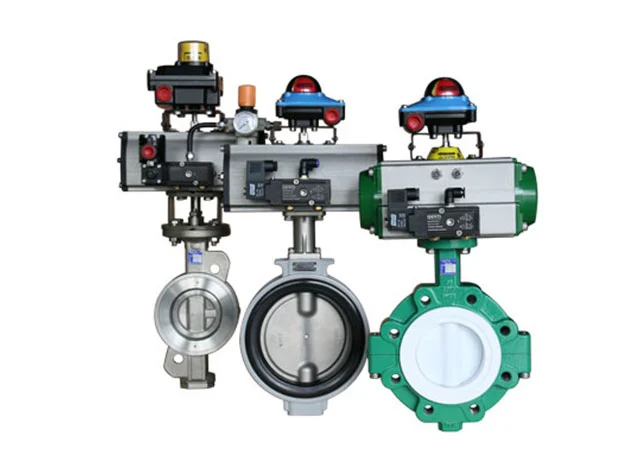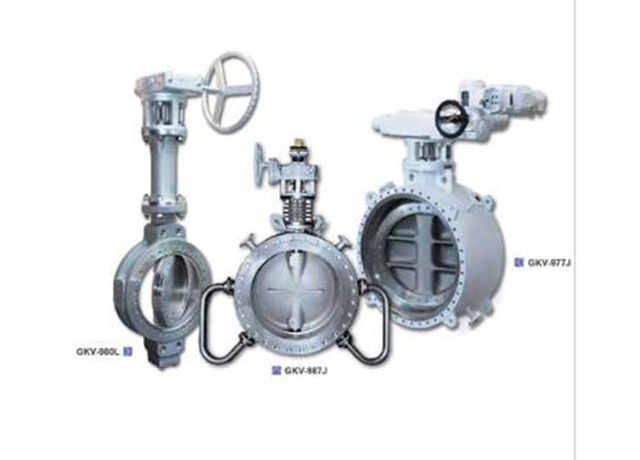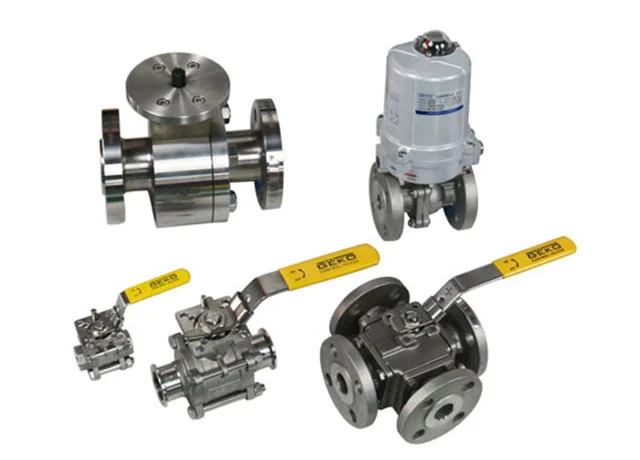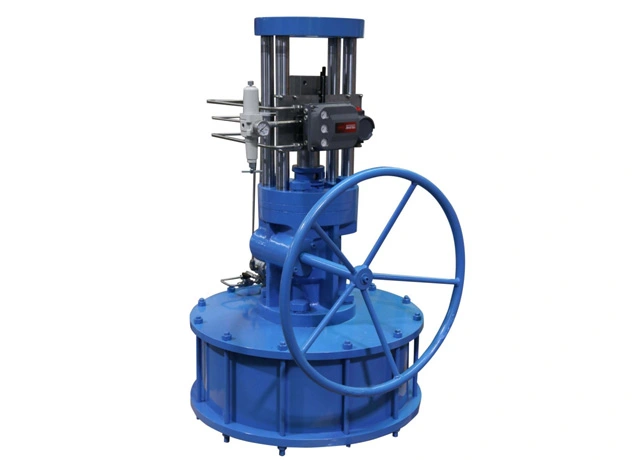How to Choose the Valve in the Water Supply Network?
Jun 04, 2022
The water supply network is composed of various pipe accessories and fittings such as pipes and valves. According to various needs (water volume of the pipe network, scheduling and deployment of water pressure, water stoppage for maintenance and repair, connection of old and new pipelines, flushing of pipelines, etc.), the valve must be opened and closed every day. The service life and quality of the valve determine the normal operation of the pipe network and play a pivotal role in the pipe network, which must be given great attention. Since the pipe network is a bridge between water supply enterprises and the vast number of users, it can be said that the quality of a water supply enterprise's management work is reflected in the normal operation of the pipe network; and the normal operation of the water supply pipe network is related to the valve. Life and quality are closely related.
1. Reliability of valve quality
The quality of the valve is reflected in the whole process of valve manufacturing. There must be a more complete quality assurance system. The indicator of the number of times the valve is switched on and off is of little significance, and it does not necessarily have to meet the test of more than 5,000 times of switching. Because the valves in the pipe network are not frequently opened and closed. Sometimes, some valves only open once every ten years. In actual work, we found that the positioning screws on the butterfly valve are loose during installation, and some have no bolt threads at all.
2. Flexibility of valve operation
It is important that high-quality valves operate flexibly. Flexible operation is not only reflected in which transmission mode is selected, but also in the machining accuracy of the components related to the transmission mechanism. For example, in the transmission mode of the butterfly valve. There are generally two transmission methods: screw nut type and worm gear type. The general lead screw nut type is characterized by slow opening and closing at both ends and fast in the middle, which is easier to operate. However, due to the small torque of the lead screw, it is difficult for the operator to grasp the degree of opening and closing of the valve plate during operation, and it is easy to occur that the valve is closed and the valve is closed. Still operating twists and breaks the lead screw. The worm gear type is generally easy to close the position. At the same time, the sealing of the valve stem of the gate valve and the matching of the rotational speed and torque of the butterfly valve transmission part are the long-standing and difficult problems of valve operation. Therefore, the choice of transmission mode should be based on the situation of each water supply enterprise, after listening to the operator's opinions, and closely cooperate with the manufacturer, so that the selected valve can not only operate flexibly, but also meet the needs of use and work.
3. Reasonability of valve price
Valves should have a reasonable price, and a reasonable price is not necessarily the lowest price. If you only focus on the lowest price, it is easy to mislead manufacturers in order to promote their products, compete to lower the price, or even sell them below the cost price of the product. In order not to lose money, manufacturers must cut corners on processes and materials, and the valves produced exist. Due to the hidden quality problems, when it is used in the water supply network, the ultimate victim is the user himself. Therefore, we must pay attention to when choosing high-quality valves, encourage manufacturers to use the principle of value engineering, strengthen main functions, remove redundant functions, and optimize system functions. Work hard on management and work hard on cost accounting. It should be noted that a reasonable price can be the lowest price, but the lowest price is not necessarily a reasonable price.
4. Guarantee of valve after-sales service
When the valve is used in the water supply network, there will be such and other problems, some of which belong to the valve itself, and some are caused by interference and damage from external factors, brutal construction, illegal operation, and poor management and use. But no matter what the reason, the valve problem will affect the operation of the pipeline network, which requires the cooperation of the valve maker. Therefore, the valve manufacturer needs to have a good after-sales service guarantee when selecting the valve. Once there is a problem with the valve, we can rush to the scene in the shortest time and solve the problem as soon as possible.
Read More

